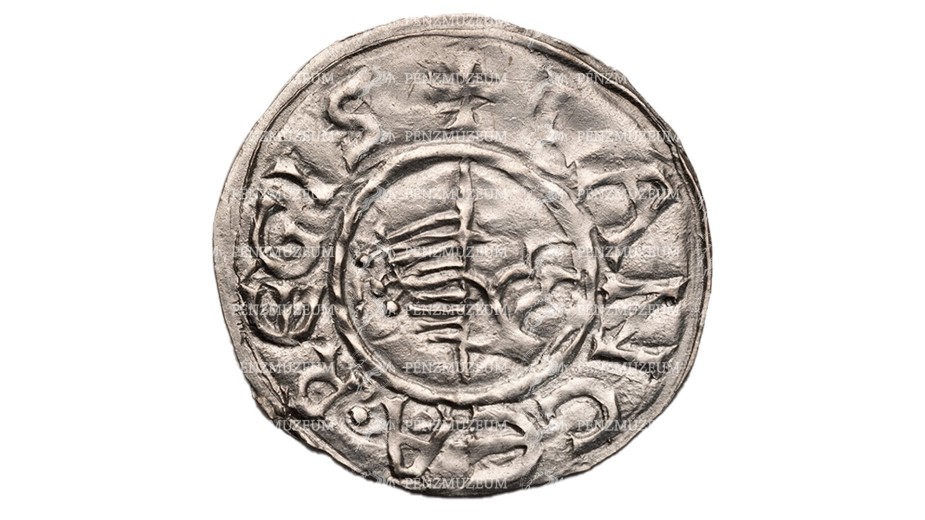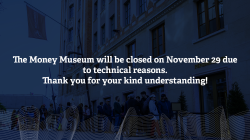
The Lancea Regis coin, which is the first Hungarian coin, is currently being examined by experts from the Money Museum. We asked Dóra Hegyi, archaeologist in charge of the excavation and staff member of the Hungarian National Museum, National Institute of Archaeology, about the uniqueness of the find.
Where and what coin was found exactly?
The denarius of Saint István (Stephen), the Lancea Regis coin, which had either been dropped or lost in the past, was found in the Árpád-period layer of Várhegy,. It is assumed that it must have changed owners at some point before it was put into the ground, as there are scratch marks on the obverse, suggesting that someone had checked to see if it was made of silver.
Four Hungarian museums, including the Money Museum, have such coins in their collections. Is it such a rare treasure?
Yes, this is the third coin found during an excavation. Moreover, it comes from the fill layer below the Árpád-period layer’s walkway 3 metres below the present-day walkway level, which makes it even more valuable, as it comes almost from the layer of its own age.
Why is this coin so rare?
This is an interesting question in comparison with the other coin of István (Stephen) I, the Stephanus rex coin, of which a large quantity has been recovered from treasure troves and tombs at home and abroad. It must have been issued in large quantities over a long period of time, so it must have been the real currency of its time. This cannot be said of the Lancea Regis coin, which was probably issued by Stephen I immediately after or on the occasion of his coronation. It was produced in small numbers and did not circulate like the other coin, which is why there are so few of them.
How much value did it hold in its own time? What could be bought with it?
It's hard to say, because there is very little data on the cost of things at that time. The Laws of Saint István (Stephen) mention the value of a steer (gelded, a bull calf aged 1-3 years), which was the basis of calculation at the time and was equal in value to the pensa aurui, the Byzantine gold, minted from 4.4 g of gold. In István’s (Stephen's) time, Byzantine gold was worth ten times more than Hungarian silver. So, in the end, about 35 Lancea regis was the price of a steer, as it weighed 1.26 g, a little heavier than the average Saint István’s (Stephen's) coins which wighed about 0.7-0.8 g, which were worth about 1/60th of a pensa aurui. This also shows that Lancea regis was particularly valuable in its day.
What happens to the coin now?
What is currently under investigation is, for example, the exact composition, which will allow us to understand the circumstances of the minting, but also provide an interesting insight into the technical and political environment at the time of production. The evaluation is not routine, as the specialist is faced with several analytical challenges. One problem to be solved is the modification or chemical degradation of the material of the coins, which varies with the passage of time and the type of medium used.
What is the procedure for examining the artefact?
XRF measurements are among the best analytical techniques that do not require destructive sampling.
Who is involved in the study?
Several museums, including the Money Museum. The newly found Lancea regis denarius will be examined on its own and compared with existing specimens in museum collections, and the recent data will be compared with measurements obtained previously using other techniques.
The photo shows a piece from our own collection: Lancea regis, The Central Bank of Hungary, Money Museum.
Further news
All newsThank you for your kind understanding!
The success of the HUNOR Program is now on display in the exhibition space
The Tarnay family brought silver bowls
Thank you for your kind understanding!
Thank you for your kind understanding!
The success of the HUNOR Program is now on display in the exhibition space
The Tarnay family brought silver bowls
Thank you for your kind understanding!



